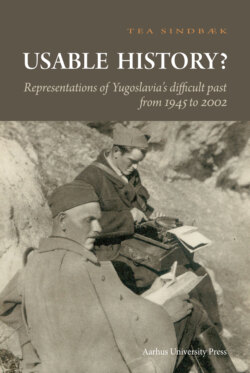Читать книгу Usable History? - Tia Sindbaek - Страница 18
Massacres and war crimes
ОглавлениеAll fighting parties of the Second World War in Yugoslavia committed atrocities and war crimes. Yet, as already mentioned, the crimes of the Nazi-German occupation administration and of the Ustasha regime stand out as particularly excessive.
Nazi-German war crimes in Yugoslavia included the murder of most of the Jewish population of Serbia, and, assisted by Bulgaria, most of the Jews of Macedonia. The German administration also killed thousands of civilians as part of the politics of shooting civilian hostages in retaliation for insurrections and acts of resistance. Among the worst examples are the shooting in October 1941 of about 2000 people in the town of Kraljevo, and about 3000 in Kragujevac.12 The Germans also organised mass deportations of Serbian officers and workers to Germany.
In the NDH, German military fought together with Ustasha forces, often commanding the latter. Furthermore, special German militias manned by Yugoslav soldiers were established and used in campaigns in Yugoslavia. The Handžar SS division, mainly Bosnian Muslim soldiers, was deployed in Bosnia in 1944 and became notorious for its atrocities. Thus the Germans were indeed co-responsible if not direct participants in the excessive massacres committed as parts of the military campaigns. Also the Italian occupation administration, as well as those of Bulgaria and Hungary, committed their shares of war crimes, included herein the running of concentration camps.
Yet, in Yugoslav historical culture, crimes committed by groups of Yugoslavs towards other Yugoslavs were to cause far more dispute than those committed by the occupying powers. The politics of terror and mass murder directed against Serbs, Jews and Roma in the Ustasha state has been the most problematic issue.
